Culture and beliefs passed down from generation to generation need to be preserved for posterity. Colombia is a country named after the Italian explorer and navigator, Christopher Columbus. Colombia is known for its Colombian coffee around the world, its gorgeous national parks, vibrant culture, and rich biodiversity. Aside from that, the country is also wrapped in myths and interesting legends, filled with magic and mystery. Every village in the country has a story to tell and its own superstitious beliefs surrounding its beautiful lakes. We are going to share with you the best lakes in Colombia, that tell amazing stories from the lost city of treasure to frightening monsters that live in the lakes. Keep reading to learn more.
1. Lake Tota

Colombia’s largest natural lake is Lake Tota, located near the Sogamoso City, Boyacá. Ancient Muisca ancestors consider the lake sacred and created the legend for a purpose. Legend has it that the lake is home to the “Monster of Lake Tota”. The sea monster’s description is limited to historical references and what is known to the Muisca mythology. The monster is said to be a large, blackfish with a head of a bull. It has earned a nickname, “devil whale” as it seems to be larger than a whale. Studies show that it is similar to other sea serpent monsters with various animal hides like Scotland’s Loch Ness monster. Lake Tota is a four-hour drive from Bogota.
2. Lake Fúquene
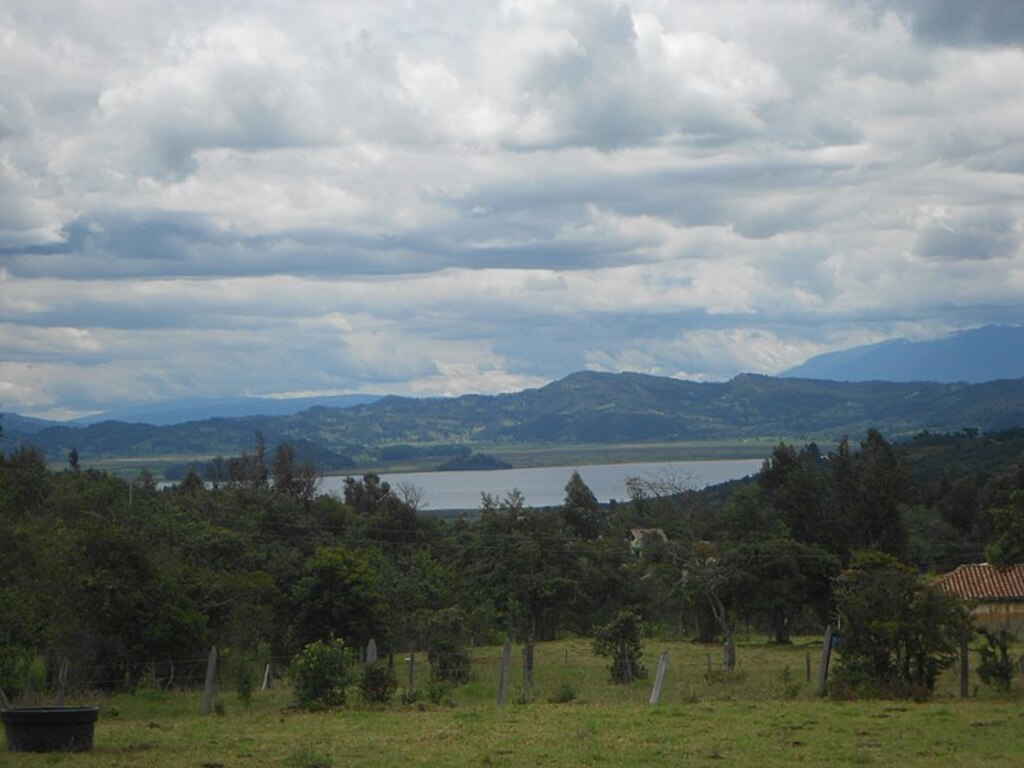
Tracing the origin of the name Fúquene, it came from the Chibcha words “fú” and “quyny” which means “bed of the fox” or “bed of Fu”. Fu is the name of the god who lives in the lake defending the terrain against the Muzo. This heart-shaped lake is the second-largest high altitude Andean Lake at 2,540 meters above sea level (8,330 feet), with a size of about 3,000 hectares (7413 acres) in the Ubaté-Chiquinquirá Valley, at the border with Boyacá. Lake Fúquene was considered sacred in the Muisca religion, the people who populated the area before the Spanish conquest in the 1530s.
3. Lake Guatavita (from USD 49.0)
Early theories say that Lake Guatavita’s crater was caused by a meteorite impact. The closest explanation is that it was caused by the dissolution of underground salt deposits and became a sinkhole with an area of 19.8 hectares (48.93 acres). It is one of Muisca’s sacred lakes and usually associated with the El Dorado legend. Legend has it that the Muisca has a ritual where the Zipawas (a ruler) is responsible for making a golden offering to the Muisca gods in Lake Guatavita. Zipawa’s body would be covered in gold dust onboard a ceremonial raft made of rushes. Upon reaching the middle of the lake, he would dive into the water to wash off the gold. Worshipers on standby will throw jewelry, trinkets, and other precious offerings into the lake.
Lake Guatavita • Private Car 6H • Tickets Guide
Duration: 5 to 6 hours
You might be interested in these Airbnbs!
4. Calima Lake
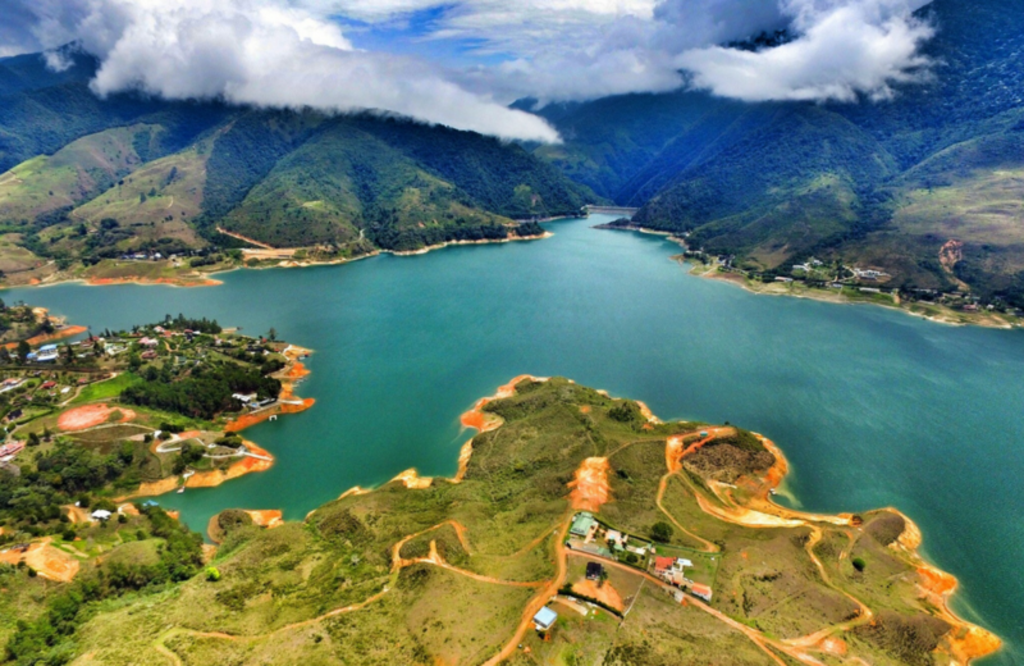
Calima Dam or Lake Calima is one of the major tourist sites in Colombia. It is a tourist favorite destination for watersports like kitesurfing and windsurfing, thanks to its strong and steady winds all year round. Kitesurfing and windsurfing competitions are mostly participated by different competing countries. Cultural festivals are celebrated in the nearest town, Darién, by the end of August. One of the famous electronic music festivals, the “Black and White Sensations” is one of the popular outdoor parties similar to Amsterdam’s event, gathering music lovers coming from different parts of the country. Lake Calima is located 45 kilometers (27.96 miles) from Buga and 100 kilometers (62.14 miles) from Cali.
5. Lake Iguaque
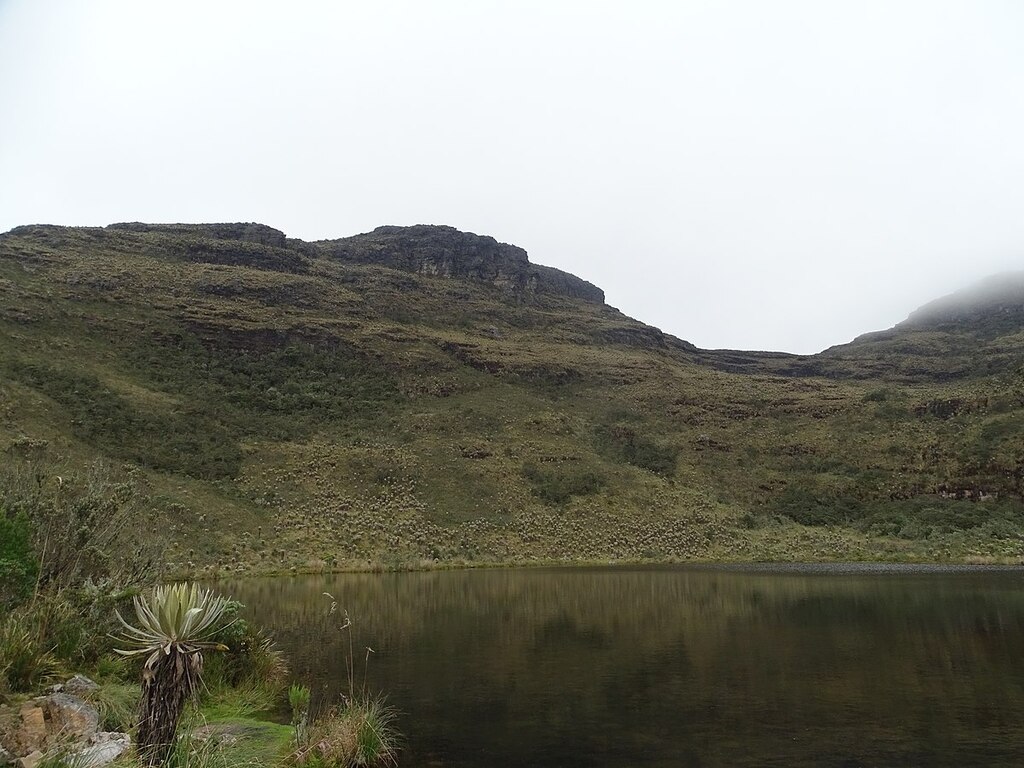
Nestled right in the middle of a national park is where the scenic and sacred lake, Laguna de Iguaque or Lake Iguaque is hidden. It is surrounded by a wildlife sanctuary with a páramo ecosystem. It takes about three hours’ hike from the visitor center to the lake, while navigating the dense, narrow path through the Andean Forest. The vegetation changes as hikers climb from moss-covered trees, followed by pines and shrubs. Lake Iguaque is a sacred lake to the Muiscas as it is the origin of life on Earth. Legend has it that the goddess Bachue rose from the lake carrying a baby boy in her arms. The goddess waited for her child to grow up so they can procreate. Their procreation gave birth to human existence. They later turned into two snakes (the sign of wisdom) and returned to the lake.
6. Siecha Lakes
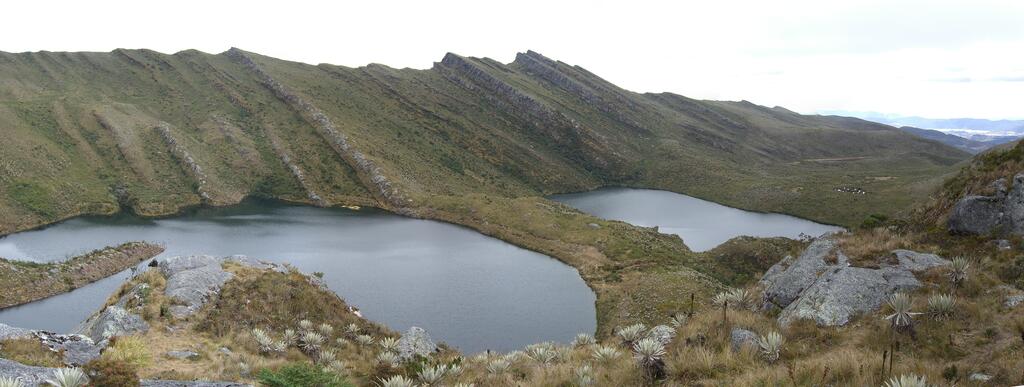
Just like Lake Guatavita, the Siecha Lakes were sacred to the ancient Muisca and was one of the lakes associated with the legend of El Dorado. The Muisca ritual of throwing gold into the water gave birth to the legend that prompted many Spaniards to extract the treasures in the lakes in the olden times. The Las Lagunas de Siecha or Siecha Lakes are a group of three lakes, Siecha, Guasca, and De Los Patos, found in the mountains of the Chingaza National Park. These lakes are lined up in three different levels akin to giant steps of a staircase.
7. Laguna de la Cocha

La Cocha Lagoon is the second-largest body of water in terms of area, after Lake Tota. This volcanic crater lake lies within the Pasto Municipality in Nariño, Colombia, with an area of 39,000 hectares (96371 acres). You can find the smallest park, Corota Island, in the middle of the lagoon, a beautiful wildlife and flora sanctuary. There is a legend that surrounds the Corota Island. The island was a woman who was cursed to be an island out of jealousy, while the lagoon came about when the vessel of water was spilled over. On the shores of La Cocha, colorful wooden boats or lanchas leave from the hamlet of Puerto El Encano. Its cheerfully painted chalet-style houses with flower boxes make you think that you are in Switzerland.
8. Lake Otún
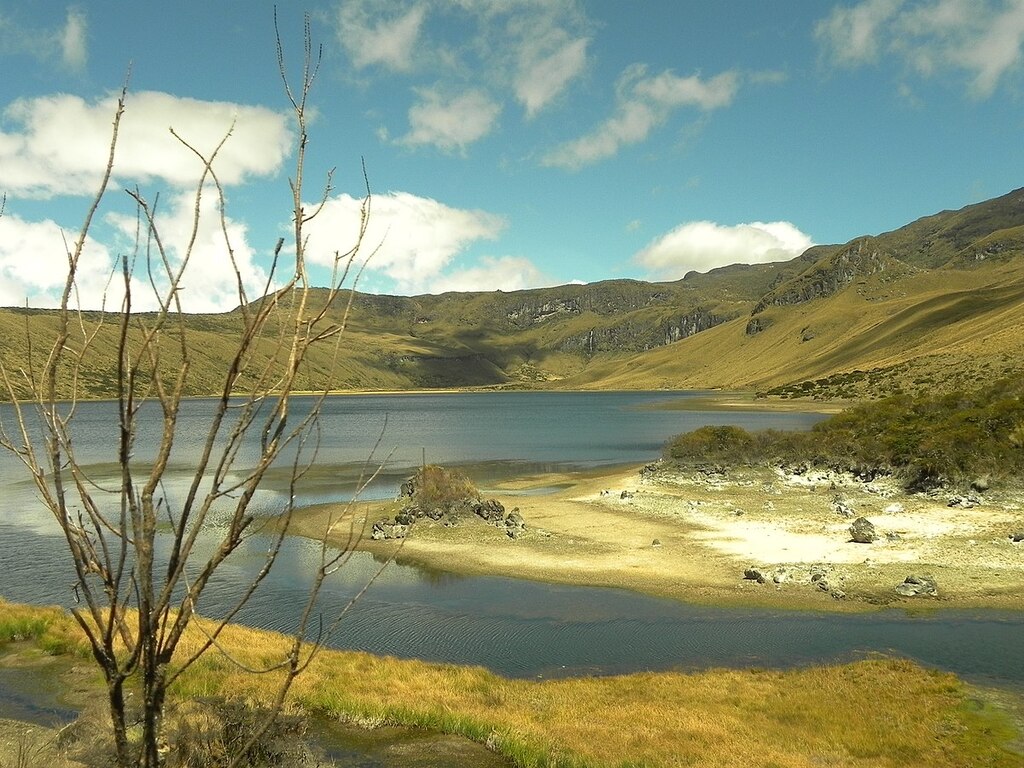
One of the Los Nevados National Natural Park highlights is a small lake, Otún Lake. It is 3,950 meters above sea level (12959 feet) measuring about 1.5 square kilometers (5.79 square miles). This glacial lake got its meltwaters from Nevado Santa Isabel. Otún River’s source of water is Lake Otún. The cities of Pereira and Dosquebradas get their water supply from the Otún River. The lake can be reached from Pereira by land about five to seven hours to the northeast. Lake Otún is home to a large population of rainbow trout. Visiting tourists can do recreational activities like trout fishing and camping.
9. Laguna de Cumbal
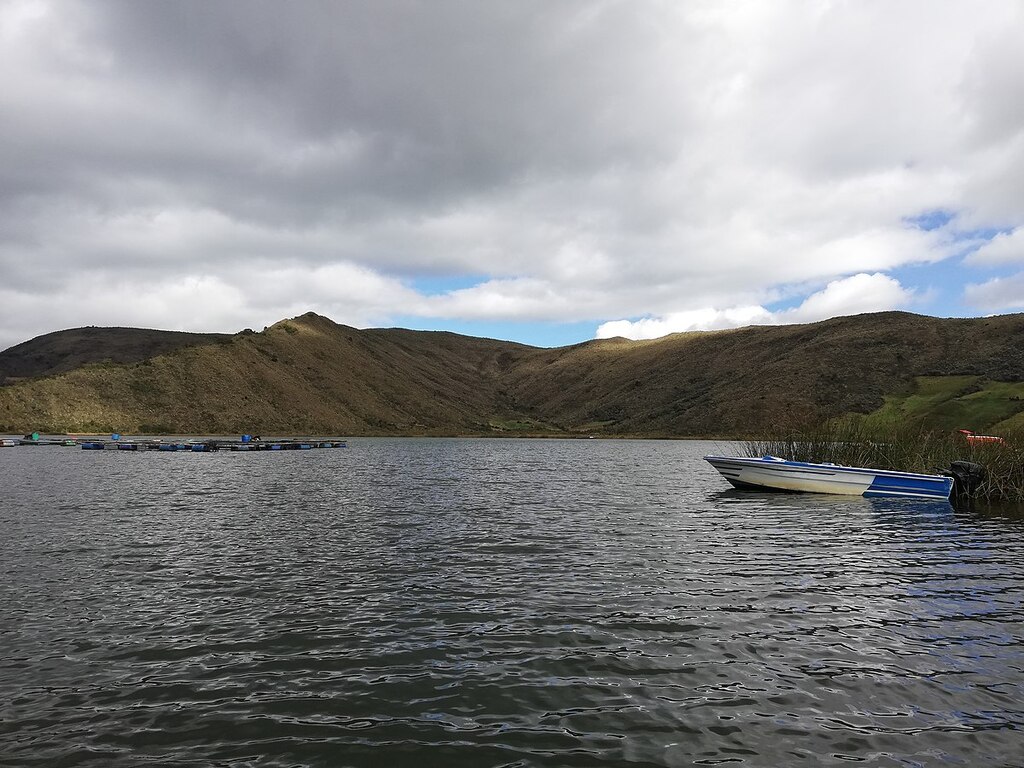
Laguna de Cumbal, also called La Bolsa Lagoon, is a lake in Nariño, Colombia. Its distance from east of Cumbal is 10 kilometers (6.21 miles) and 22 kilometers (13.67 miles) from Guachucal. It rises at 3,638 meters above sea level (11936 feet) from the foot of the Cumbal volcano. Characterized by its gray water with low temperature and absence of waves, it is located in a sensitive aquifer recharge zone. This small lagoon is made up of two sub-basins: the Cusculgo stream and Capotes stream. Surrounded by beautiful hills, modest plains shrouded with lush green pastures and vegetation; eagles, deers, guaguas, and cusumbos make it their home.
10. Lago Chingaza
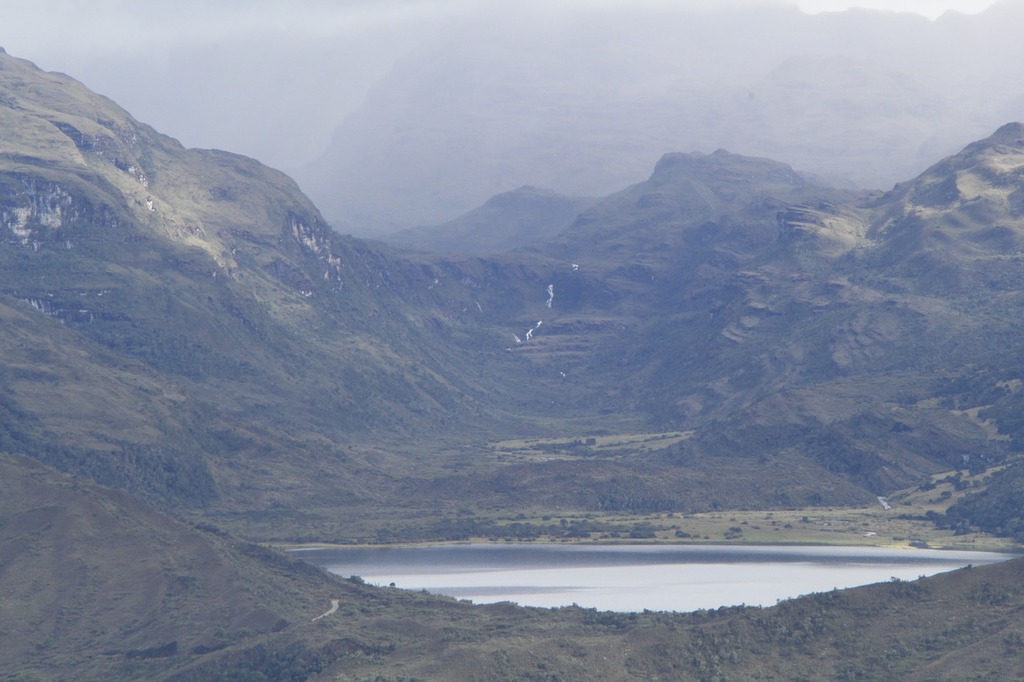
Chingaza is home to about 40 natural glacial lakes. Located on the southwestern side of the Chingaza National Park is the largest lake, Lago Chingaza or Lake Chingaza. Its name comes from an extinct Colombian language, Chibcha, and it means “middle of the width”. It is elevated 3,250 meters (10,660 feet). There are an estimated 383 plant species and the park’s total flora exceeds 2,000 species. Orinoco River basin covers 99% of the park in the upper basins of the Guatiquía, Black and White, Gazaunta, Guacavía, Guavio, Gazamumo, and Humea rivers. Only 1% of its area is in the Magdalena River. Chingaza contributes 80% of the city’s high-quality drinking water.
Discover the lake legends
All these lakes in Colombia have their own stories to tell. If their trees and mountains could talk, they would tell us if there are still treasures buried underneath these lakes, or sea monsters to slay. The Muisaca have played an important role in creating legends that will be retold from generation to generation.
History
Get Trip101 in your inbox
Unsubscribe in one click. See our Privacy Policy for more information on how we use your data













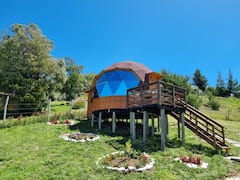















Create an account to